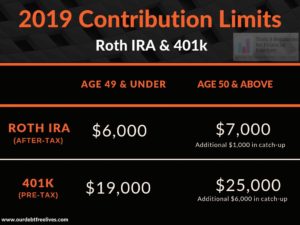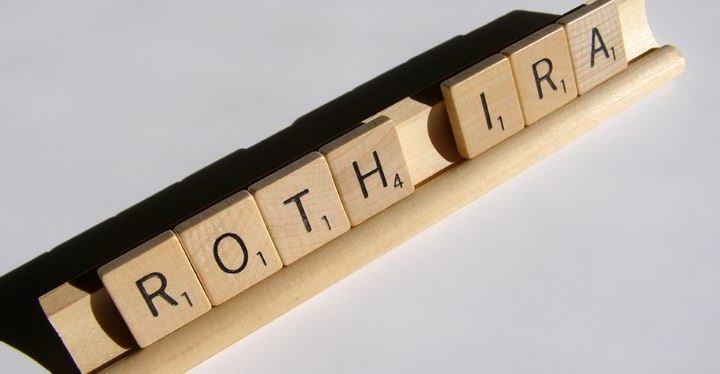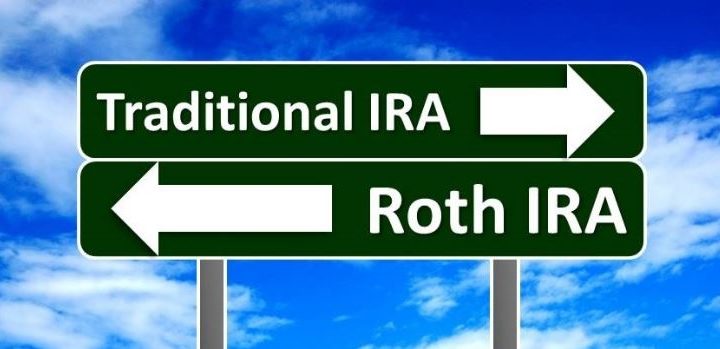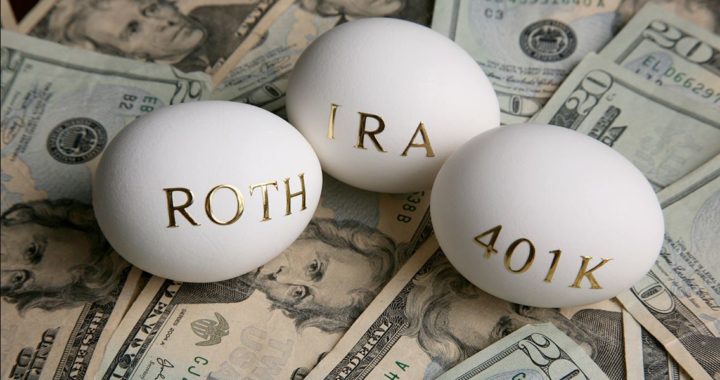
Finding The Path To Financial Security
Whether you’ve created a formal budget or not, what if it’s clear to you that you’re on a financial path that’s unsustainable? What should you do? Well, you’d better do something, because your financial security is at stake.
What is Financial Freedom?
Money is a form of freedom because it provides you with the ability to make choices with respect to things that have a financial cost. Financial freedom is measured in dollars, so the more money you have the more financial freedom you have. Spending money is an expression of your financial freedom and, paradoxically, each time you do you actually reduce the amount of freedom that you have, because spending money on one thing deprives you of the ability to spend it on something else.
For example, let’s say that you have $100 that you’re completely free to use; you don’t need it for housing, food, transportation, or any other living expenses. In short, you have $100 of pure financial freedom to do with as you wish. If you save it you continue to maintain that freedom, and it will even grow over time as your $100 earns interest. If, however, you choose to spend it on something then you’re free to do so, but once you make that choice then you’re no longer free to buy anything else.
The Myth of Unlimited Financial Freedom
There are varying degrees of financial freedom. On one extreme end of the scale is unlimited financial freedom. Unlimited financial freedom is the ability to do or to buy anything that costs money. Nobody in the history of the world has ever had unlimited financial freedom. The Pharaohs, the Khans and the Caesars didn’t have it anciently and, despite the many billions certain people have amassed in our time, nobody has it now. In fact, nobody is even remotely close. The bottom line is that even the richest of the rich have financial limitations. Thus unlimited financial freedom is a mythical goal that can never be achieved, so you can go ahead and scratch it from your life’s “to do” list.
Financial Security
Since unlimited financial freedom is unattainable then I recommend that you strive for financial security. You achieve a state of financial security when you can comfortably meet both your needs and all of your reasonable wants without having to work and without going into any kind of debt. Financial security is what most people visualize when they think about the ideal form of retirement. Again, it’s the ability to do what (within reason), when you want, without having to worry about money.
Having a true understanding of the concept of financial security is vitally important, because you’ll never be able to obtain it (much less be able to appreciate it) if you don’t even know what it is! And how might you not recognize financial security even if you obtained it? The reason is because “financial freedom” is such a heavily cited yet rarely defined goal in personal finance guides and literature that it’s easy to misunderstand what the term really means. Again, if taken literally, one can easily be led to believe that financial freedom is the ability to do anything that costs money. But remember, that’s the definition of unlimited financial freedom, which you just learned is an unobtainable goal!
Does that mean that all personal finance literature that uses the term “financial freedom” is wrong? Of course not! It’s just important to remember that whenever you encounter the term “financial freedom” you should interpret it in your mind as “financial security.” If you do that then things you read on personal finance and money management will make a lot more sense. Having said that, know that I myself will sometimes use the term “financial freedom” as a substitute for “financial security” in my own writing because in the context of certain discussions the idea of freedom actually conveys more meaning. But again, to have the right understanding and expectations, in the context of money it’s always important to interpret financial freedom to mean the ability to do what you want within reason (as opposed to doing anything you want), when you want, without having to worry about money.
Financial Stability
Achieving a state of financial security is an ambitious goal that could take you many years of wisely applied learning and sustained effort to achieve. Fortunately, along the way there is another worthwhile and satisfying goal to strive for: financial stability. You achieve a state of financial stability when you can comfortably meet all of your needs and some of your reasonable wants without going into any kind of debt.
Those who achieve financially stability are generally thought of as “getting ahead.” What exactly does that mean? It means you reach a point where you consistently spend less than you earn, and by doing so you generate what’s commonly referred to as “discretionary income.” Discretionary income is what’s left to save or spend after you have met all of your financial obligations. For example, in a typical month if you have income of $4,000 and your standard monthly expenses are $3,500 (housing, transportation, food, etc.) then you would have $500 of discretionary income ($4,000 – $3,500 = $500). Granted you can’t walk away from your job just because you’ve achieved a state of financial stability. After all, using the previous example, you can’t exactly retire to an island paradise on $500. But that aside, financial stability is a nice place to be because it means:
- You can comfortably meet all of your needs.
- You can meet some of your reasonable wants.
- You can put some money in an emergency fund and/or investments with an eye towards eventually achieving financial security.
- You can weather financial disruptions without undue stress (precisely because you have set aside some money to deal with such situations).
Financial Instability
Financial instability is a state where you have just enough income to meet your needs, along with perhaps a few meager wants. In other words, you’re barely scraping by living at the subsistence level, right on the edge of your income. Here are some signs that you’re financially unstable.
- You feel a substantially heightened degree of stress if anything out of the ordinary happens that might cost money.
- You can’t take advantage of good deals and opportunities even though you would like to because you don’t feel like you have enough extra money to do so.
- Long periods of time can go by as you wait to be in a position to do or buy even modest wants (with higher level wants being out of the question).
Do you see the pattern? Remember, financial freedom is the ability to make choices with respect to things that cost money, but when you’re financially unstable you have very little of such freedom. It’s hard to be happy on a day-to-day basis in such a condition, because so much of your money is tied up just keeping your head above water that there’s little to nothing left to do anything satisfying or enjoyable.
If you ever reach a state of financial instability, and especially if you’re there for a long period of time, it can be tempting to compensate for your lack of discretionary income by turning to credit cards or other forms or borrowing to finance purchases for things that you want. While that may feel satisfying in the short term, it’s just an illusion. As time goes on the finance charges associated with your debts will mount, pushing you closer and closer to the brink of the worst state of all: financial bondage.
Financial Bondage
If financial instability represents a state where you have lost the ability to make choices with respect to things that cost money, financial bondage is a state where others actually have control over you. In other words, you not only lose the ability to act financially, but you’re subject to being acted upon in ways that are beyond your control. Following are some examples of things that can happen to you when you’re in financial bondage, whether you want them to or not.
- You can be forced out of your home due to foreclosure (or you can be evicted from your apartment).
- Your vehicle can be repossessed.
- Your wages can be garnished (which means they’re taken out of your paycheck before they ever even hit your bank account).
- The electricity, phone, Internet connection, gas and water can all be shut off.
It can be severely debilitating mentally, physically and emotionally to be in a state of financial bondage, but don’t give up hope! If you combine the knowledge you gain from this website with other good resources and work hard to intelligently apply the things you have learned, I am confident that you can progressively gain more freedom until you find your feet financially…and then you can build from there.




 If saving a lot of money on taxes sounds like a good idea to you, then a Roth IRA is going to serve you well. Picture yourself with a healthy Roth IRA account in retirement. Now see yourself taking money from that account each month to cover your living expenses, securing lower life insurance rates, and what ever else you need. Now see yourself not paying any tax on those withdrawals. Nice, right?
If saving a lot of money on taxes sounds like a good idea to you, then a Roth IRA is going to serve you well. Picture yourself with a healthy Roth IRA account in retirement. Now see yourself taking money from that account each month to cover your living expenses, securing lower life insurance rates, and what ever else you need. Now see yourself not paying any tax on those withdrawals. Nice, right?


